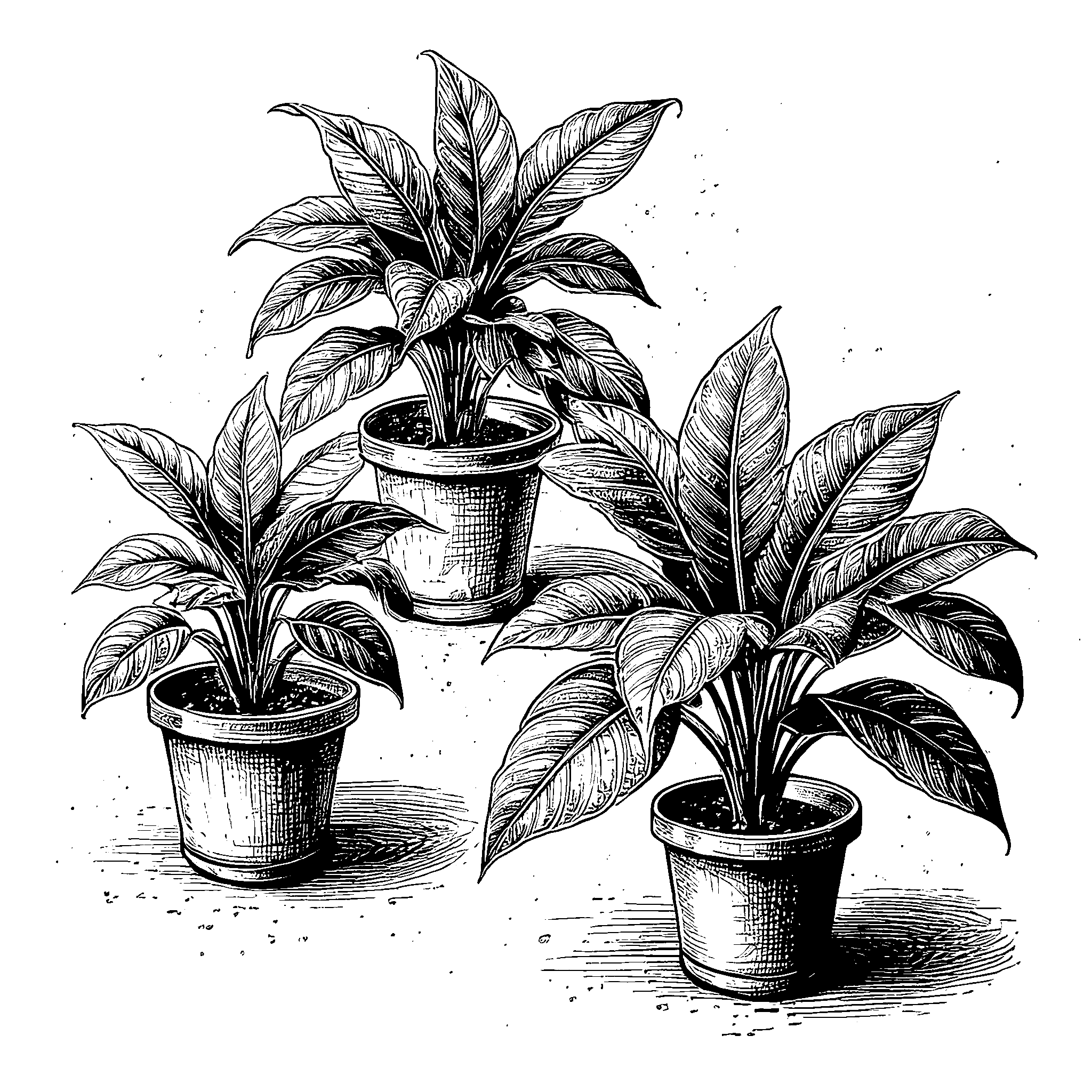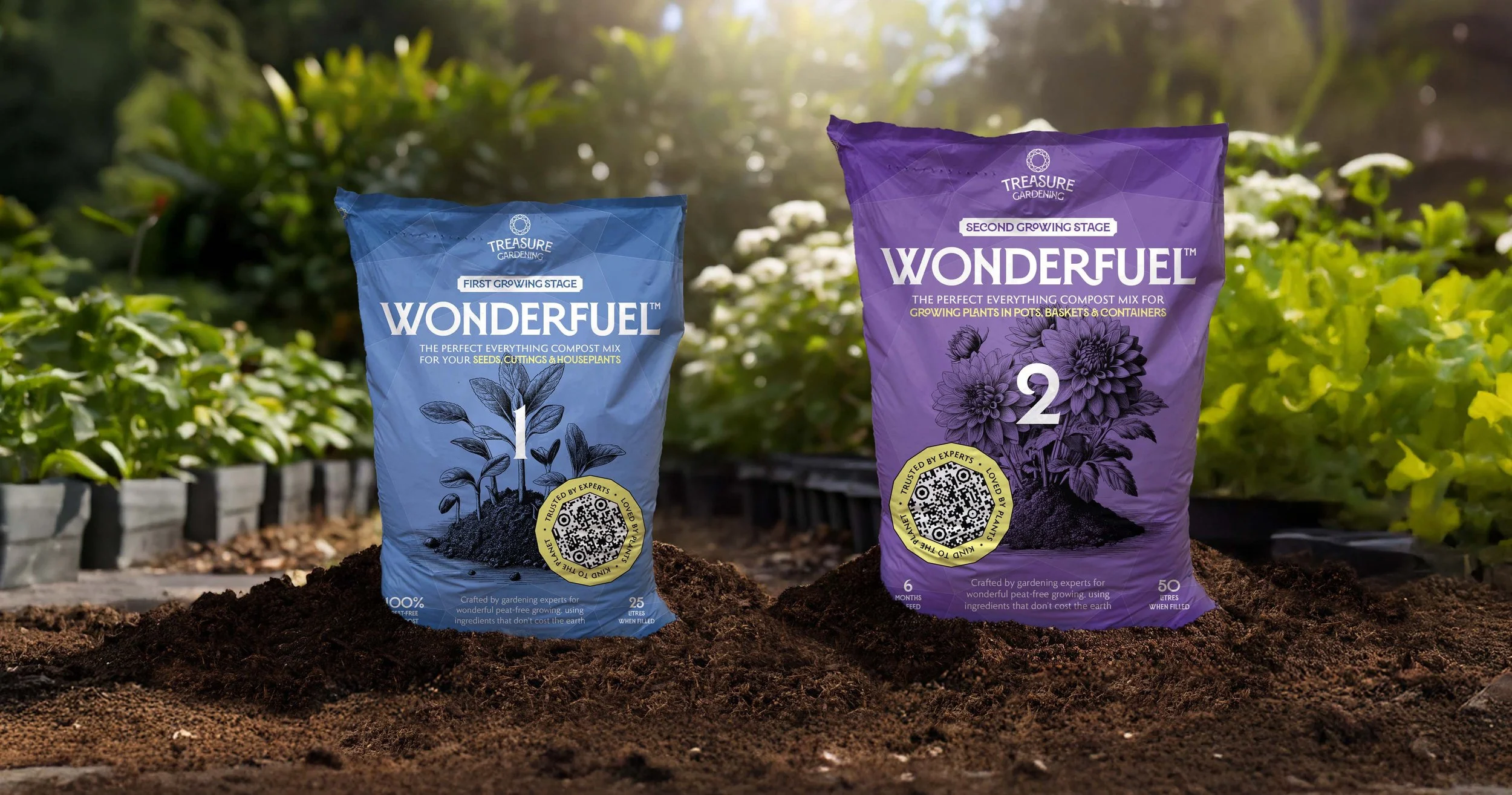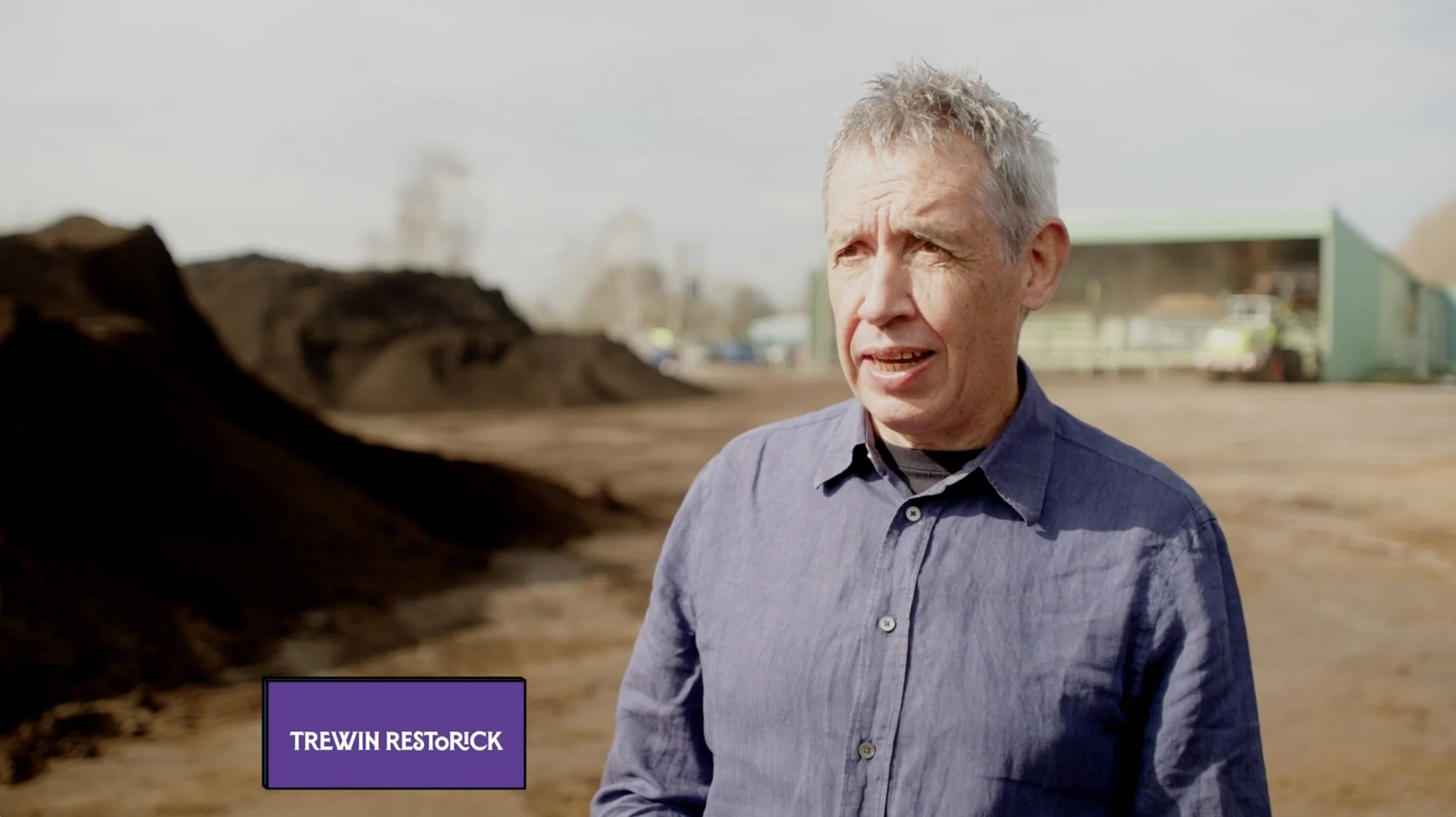Creating wonder without costing the earth
At Treasure Gardening, we’re a collective of horticultural and sustainability experts on a mission to shake up the world of growing.
We exist to inspire a world that sees beginnings, not ends, by showing we can transform waste into wonder.
We’re here to:
Create products that work wonders — for plants, people, and the planet — crafted from industry by-products and ingredients that would otherwise go to waste.
Share expert and practical DIY advice — helping you turn the things you’d throw away into something extraordinary.
Invest in community initiatives — inspiring everyone to bring wasted spaces and resources back to life.
Whether you’re planting your first seed or shaping the future of the industry, if you’re ready to turn waste into wonder for plants, people, and the planet, let’s make it happen.

INTRODUCING
THE FUTURE OF SUSTAINABLE COMPOST
Wonderfuel is a sustainable, reliable and affordable compost carefully crafted from waste materials and by-products. Our ingredient mix has been selected and sourced to ensure the sustainability of the finished product securing a market leading ‘A’ grade from the Responsible Sourcing Scheme for Growing Media.
Our mix currently relies on some imported waste. We are hunting for alternative UK materials, such as used hops from brewing, and will introduce these as soon as they have been tested and proven.
Ingredients
Green Compost
Collected by councils from household green waste bins.
Thermodynamically broken-down green plant tissue.
Excellent source of macronutrients and microbiological organisms.
A widely available and undervalued ingredient.
Currently the most sustainable ingredient available – however cannot be used at greater than 30% inclusion in a potting mix
Wood fibre
A by-product from the US furniture industry. Mechanically and physically altered (heat, pressure, force) to produce fibre from chips.
Single species of tree utilised ensuring most consistent form of wood fibre on the market.
Low carbon dioxide CO₂ footprint due to containerised transport and 32x compression rate.
Coir
A by-product from the coconut food production industry.
A blend of pith and cut fibers mixed and compressed.
High water holding capacity and air to water ratio which is good for root development.
Low CO₂ footprint due to containerized transport and 12x compression rate.
Composted Bark
A by-product from the UK forestry industry.
High water holding and buffering capacity.
Stabilized before use by composting for between six to eight weeks.
A complimentary fertiliser package, wetting agent and trace elements are added to ensure efficacy of the product.
Packaging
Compost is heavy, needs to be protected from outside elements and retain its moisture. Heavy duty plastic is currently the most suitable packaging material. We have worked with our supplier to find the most sustainable option. Our packaging contains 65% post-consumer recycled plastic, uses fixed colour printing reducing ink usage by 30% and thanks to new technology uses between 15-20% less polymer than other compost packaging with no negative impact on strength and rigidity.
Production
Our compost is made, packaged and distributed in partnership with Durston’s a family run business for over 150 years and based in Somerset. Durston’s reputation for quality and service is recognised across the UK.
Recommended by bbc gardeners world magazine
See what goes into making Wonderfuel’s perfect compost mix.












